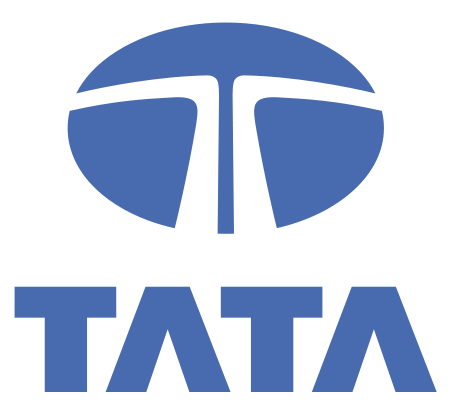Honestly, I didn’t want to write this piece. But when a cabinet minister of the government of India uses basic maths to mislead, it didn’t leave me with much of an option.
Here’s what Dr Harsh Vardhan, who is the minister of health and family welfare and science and technology, tweeted earlier in the day today.

Regular readers would know how much I hate when people don’t know when to use percentages and when to use absolutes. Or the fact that they know and still do it, to mislead.
Harsh Vardhan’s tweet has multiple problems. Let’s look at it pointwise.
1) The minister points out that the government of India has provided more than 18 crore vaccines free to states for vaccination. This is for vaccinating people who are 45 or more. So far so good. The thing is that India has the second largest population in the world. As per the World Bank it was at 136.64 crore in 2019, with China’s population being at 139.77 crore. With China’s population barely growing and ours continuing to grow, by now, we might be within the touching distance of China to become the country with the largest population in the world.
So, when it comes to things that need to be provided to all the population or a significant chunk of it, India is bound to be at the top. Also, vaccinating the population is not a race. It is the right thing to do.
2) Given this, it makes sense to look at what proportion of the population over the age of 18 has been fully vaccinated, meaning it has gotten both the doses of the vaccine. That’s a useful metric.
As I write this, the dashboard on the Co-Win website tells me that 3.56 crore individuals have taken both the doses. There are around 94.3 crore Indians who are aged 18 and above. This means that around 3.78% of the population (3.56 crore expressed as a percentage of 94.3 crore), for whom vaccines are available, has been vaccinated.
Yes, you read that right. Less than 4% of those age 18 or above, have got both the doses of the vaccine. Of course, this explains why Dr Harsh Vardhan’s tweet is an absolute number and not in percentage terms. This situation prevails nearly four months after the vaccination programme started.
That’s the real figure to look at simply because the aim of vaccination is to achieve herd immunity. As Ryan A Bourne defines herd immunity in Economics in One Virus as “a situation where enough people have immunity that any further outbreak of the virus fails to accelerate because there are too few individuals susceptible to infection.” Vaccinating a significant chunk of the population moves us towards the situation. And we are nowhere near that, the world’s largest vaccine drive notwithstanding.
Data from the Financial Times, tells us that there are many nations in the world who have vaccinated a significant chunk of their population. This includes smaller nations like Israel and larger ones like United States. Very few countries where covid has spread as much as it has in India, have got a rate of vaccination as low as it is in the Indian case.
3) Also, what Dr Harsh Vardhan’s tweet does not tell us is that the rate of vaccination has been slowing down majorly over the last one month. During the week April 3 to April 9, the total number of vaccinations carried out stood at around 2.48 crore doses (includes both the doses). This has fallen every week since then and stood at around 1.16 crore doses, during the week May 1 to May 7. This fall of over 53% has happened primarily because the government was busy with elections and didn’t order enough vaccines until April 28, 2021.
4) When it comes to receiving the first dose, 13.49 crore Indians or 14.3% of the population that is being vaccinated has got the vaccine. On this parameter things look a little better for India.
To conclude, vaccinating a significant chunk of India’s population to achieve herd immunity, remains a real challenge. Further, while everyone cannot be vaccinated within a short-period, but misleading the country on it by misrepresenting data is not going to help anyone in anyway.

